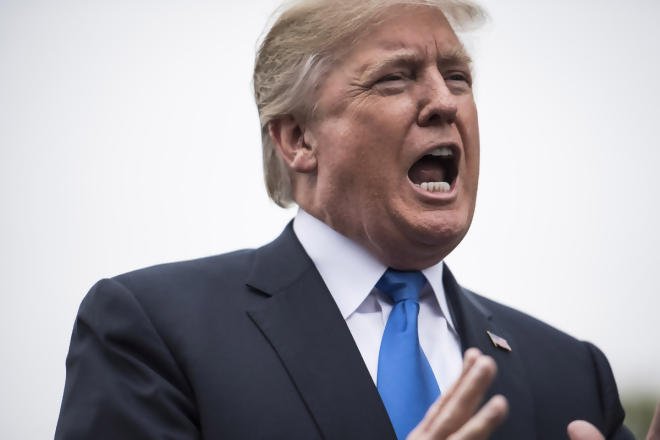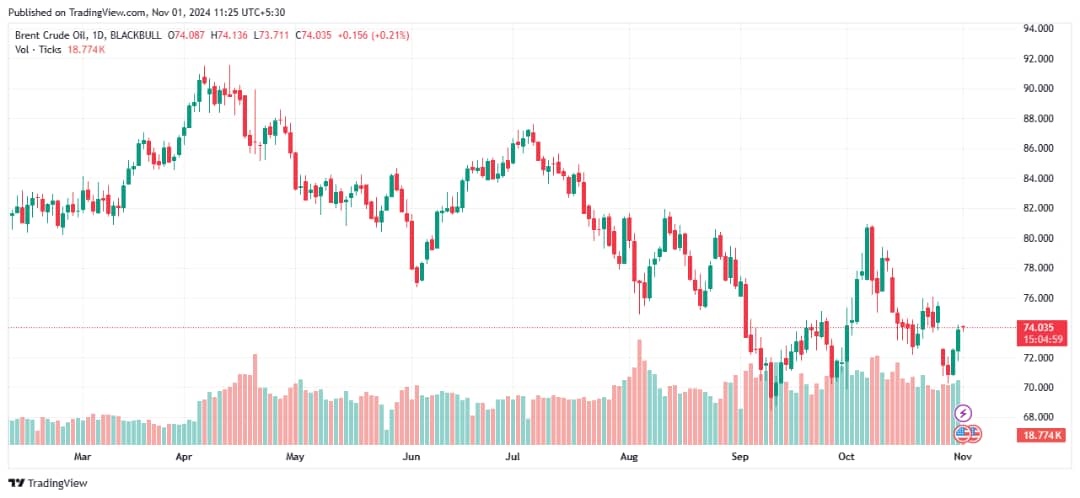US Dollar Index Returns To 98.70 Amid Cautious Anticipation Of US Services Data: Will the Decline Continue?

Rania Gule
The US Dollar Index has once again returned to the 98.70 level at the start of the week’s trading, marking its lowest point in several months. This reflects the prevailing market anxiety following a series of weak economic data and political developments that have increased uncertainty about the future course of monetary policy in the United States. In my view, the dollar’s decline was not a transient move or simply tied to thin Asian market trading but rather a reflection of mounting pressure stemming from modest employment data and growing concerns over the Federal Reserve’s independence—factors that could fundamentally alter the trajectory of the US currency in the coming months.
The latest non-farm payroll report was disappointing, with the US economy adding only 73,000 jobs in July compared to 147,000 the previous month, far below analysts’ expectations of 110,000. Meanwhile, the unemployment rate rose to 4.2%, in line with forecasts, but still raises concerns over a slowing labour market—especially with the manufacturing PMI dropping to 48, confirming a contraction in the sector. In my opinion, these figures serve as a genuine warning signal for the Federal Reserve, which is already under heavy market pressure to act swiftly and cut interest rates to support growth and avert a potential recession.
The market reaction was immediate: investor bets on a September rate cut surged to 84%, with markets currently pricing in two additional cuts by year-end and a 40% chance of a third cut. This rapid shift in monetary policy expectations leaves the dollar vulnerable against major currencies, as investors now anticipate that the easing cycle—previously expected to begin gradually—might instead turn more aggressive if economic data continues to deteriorate. From my perspective, persistent labour market weakness combined with contained inflationary pressures gives the Fed strong justification to adopt a more accommodative stance sooner than previously anticipated.
Another factor complicating the outlook is renewed concern over the Fed’s independence following the unexpected resignation of Governor Adriana Kugler, coinciding with escalating tensions between the US administration and Fed Chair Jerome Powell. The recent dismissal of the Bureau of Labour Statistics commissioner by President Donald Trump after the disappointing jobs report, along with talk of major data estimation errors, raises fears of direct political interference. Such actions could undermine the credibility of economic data and monetary policy decisions. In my opinion, this political element could significantly erode investor confidence in the stability of US monetary policy, further weighing on the dollar if these interventions escalate or visibly influence the Fed’s approach.
Recent comments from Mary Daly, President of the Federal Reserve Bank of San Francisco, reinforced this dovish tilt, as she signalled that the time for rate cuts is drawing closer amid labour market weakness and the absence of tariff-driven inflationary pressures. These remarks support the view that the Fed is closer than ever to adopting a more accommodative policy stance, aligning with my expectation of at least two rate cuts before the end of 2025, with a possible third if there are no clear signs of labour market recovery by the end of Q4. Such a path would naturally exert further pressure on the dollar index, which could test the 97.50 level if upcoming data disappoints.
Despite this relatively bleak picture, markets are still awaiting today’s ISM Services PMI report, expected to show a slight improvement to 51.5 from 50.8 previously. A stronger-than-expected reading could provide the dollar with temporary support. However, in my view, even a relatively positive print would likely have only a limited and short-lived impact given the weight of the weak jobs data and shifting rate expectations. The dollar would need a sustained run of robust economic data to rebuild investor confidence in its recovery prospects.

Markets today are not only watching economic data but also closely monitoring political developments and their potential influence on monetary policy. Any new signals from the administration suggesting interference with inflation reporting or attempts to sway Fed decisions could trigger an immediate negative reaction in financial markets. Conversely, if the Fed can reaffirm its independence and present a clear, gradual, and well-communicated rate-cutting plan, this could mitigate dollar weakness and help the index recover toward the 100 level in the medium term.
Overall, I believe the US dollar faces multiple challenges—from economic slowdown pressures and heightened expectations of rate cuts to political tensions that threaten policy credibility. The near-term path for the US currency appears skewed to the downside, particularly if today’s services data or upcoming employment reports underperform expectations. That said, a rebound scenario cannot be ruled out if economic indicators show meaningful improvement and the Fed manages the easing cycle in a way that maintains investor confidence. Until then, the dollar index remains under pressure, with current levels likely to test further downside before any serious attempt at recovery.
Technical Analysis of Dollar Index( DXY ) Prices:
The 4-hour chart of the US Dollar Index (DXY) shows continued selling pressure following a strong pullback from the recent peak around 100.50. The index quickly lost its bullish momentum, dropping below the 23.6% Fibonacci retracement level and currently stabilising near 98.75, around the 38.2% support zone, reflecting weak positive momentum at this stage. The Stochastic indicator is also moving in oversold territory, suggesting the possibility of a limited corrective rebound in the near term.
Gule is Senior Market Analyst at XS.com – MENA






